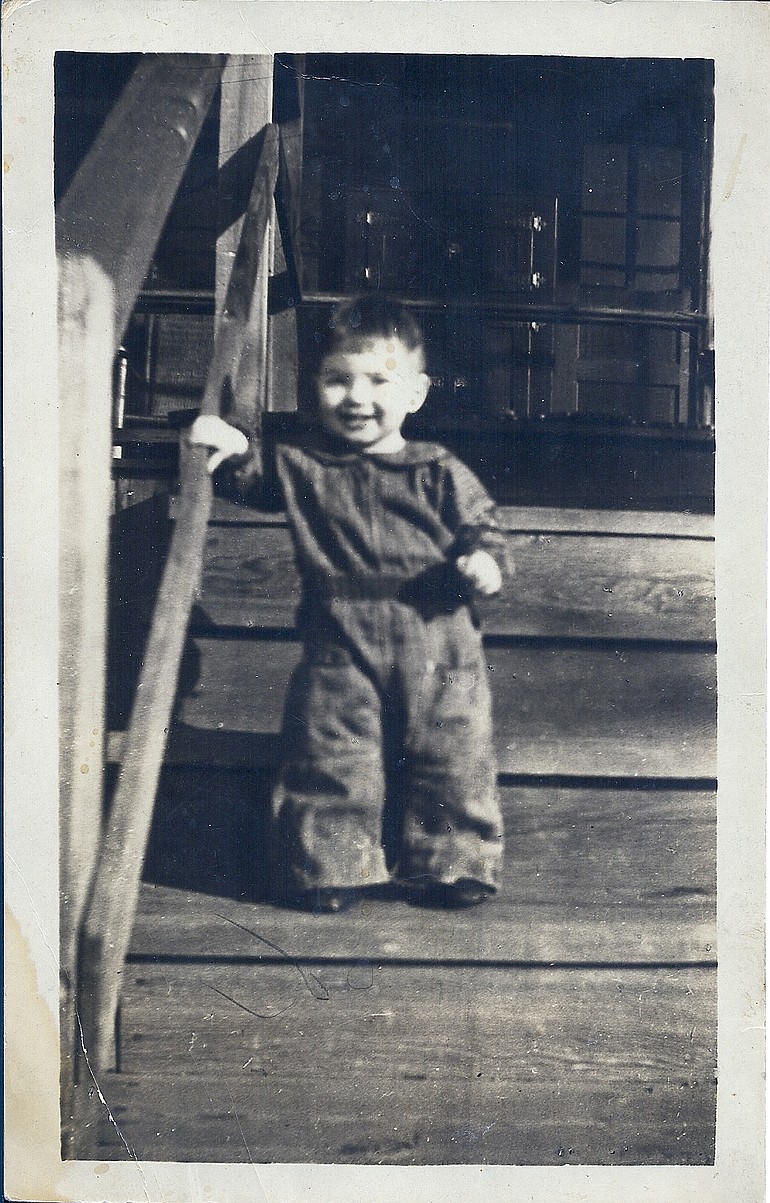My mother, Ruth Reese Hicks, came to the Vancouver Barracks as an infant in 1922, from Camp Lewis, WA, where she was born. My grandfather, Walter C. Reese was a Sergeant in the Army and had been transferred to Vancouver at the end of 1921. This was his last duty station, retiring in 1927, from the Vancouver Barracks as a First Sergeant in Company I, 7th Infantry.
During his time at the Vancouver Barracks, the family lived on the post, across the street from the Red Cross Hostess House building, approximately where the NCO housing, built in 1939, is today. Before the present NCO housing was erected, the NCO quarters were wooden and set back further from the now existing curb. They were two story buildings with a family on each level and were nicknamed the “Beehive.” There was only one bedroom, a kitchen and living room, dining area and a bathroom. My mother slept on a fold up army cot in the dining area. There was even an icebox on the back porch of each unit, and an iceman delivered ice every few days.
My mother started school at Central School, located on the Westside of town in the location where the Court House is today. She and the other children were transported to the school by a “covered wagon” similar to the Conestoga wagons of the pioneers, pulled by a team of mules. She said there were long boards, similar to bleacher seats, running parallel to the sides of the wagon for the children to sit on. The wagon and mules returned to the school in the afternoon to return the students back to the Barracks. The wagon was driven by soldiers, who also made sure all children were present and accounted for at the end of the school day before leaving for the Post. About the time she went into the fourth grade at Franklin School, also located on the Westside of town, she said the wagons were replaced by trucks, the backs covered with canvas, and once again there were long boards on which to sit.
She remembers going to the dentist on the Post and having her adenoids out at the Post hospital. The building that is now called the auditorium was the gymnasium and was used for dances on Saturday night. There was also a building behind the Hostess House for church services and where she attended Sunday School. An outdoor swimming pool was built behind Officer’s Row and it remained uncovered for a period of time, until a building was built over the pool and it became what was known for years as Memory Pool.



